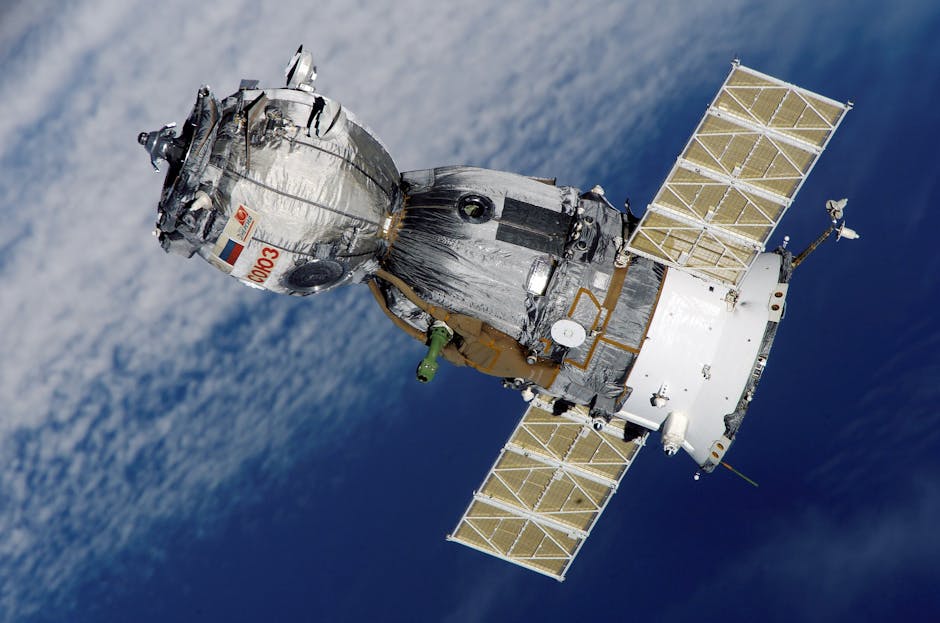NASA Budget Cuts: What They Mean for ESA and the Future of Space Exploration
NASA Budget Cuts: What They Mean for ESA and the Future of Space Exploration

Hey friend, so you know how NASA recently proposed some pretty significant budget cuts for 2026? Well, it’s not just an American issue – it’s shaking things up across the pond at the European Space Agency (ESA) too. They’re deeply involved in many joint projects with NASA, so these cuts have serious implications.
ESA’s Director General, Josef Aschbacher, recently held a press briefing to discuss the situation. Basically, a lot of collaborative programs are on the chopping block, or at least facing serious reductions. This includes big-ticket items like the Orion spacecraft (ESA provides the service module!), the lunar Gateway, the Mars Sample Return mission, and even some support for ESA’s Rosalind Franklin rover on Mars.
The impact isn’t limited to exploration. ESA’s science director, Carole Mundell, highlighted that while most of their 19 joint science missions with NASA can probably continue with some careful planning, three – EnVision (Venus mission), LISA (gravitational wave observatory), and New Athena (X-ray observatory) – need serious contingency plans because they rely heavily on NASA’s contribution.
Earth observation is also affected. Sentinel-6C, a joint sea-level rise study, is in jeopardy if NASA pulls out. ESA is exploring alternatives, but the situation is still unfolding.
So, what’s ESA doing? They’re not panicking. They’re analyzing the impact, exploring options, and looking to bolster existing partnerships with other space agencies. Aschbacher emphasized ESA’s extensive international network – over 300 agreements! – and highlighted their strengthened cooperation with Canada and India. The recent agreement with ISRO (Indian Space Research Organisation) opens up exciting possibilities, like ESA astronauts potentially visiting India’s planned space station in the 2030s.
While there’s talk of enhanced cooperation with other nations to compensate for potential NASA reductions, there are limitations. Discussions with China remain limited, mostly confined to a small joint science mission.
The bottom line is that ESA is taking a proactive approach. They’re assessing the costs of waiting for a final NASA budget, exploring alternative mission uses for existing hardware, and strengthening ties with other international partners. The upcoming ESA ministerial conference in November will be crucial in determining how they’ll move forward and secure funding for the next three years. It’s a complex situation, but ESA is showing itself to be a resilient and resourceful partner in the global space community.
Disclaimer: This content is aggregated from public sources online. Please verify information independently. If you believe your rights have been infringed, contact us for removal.